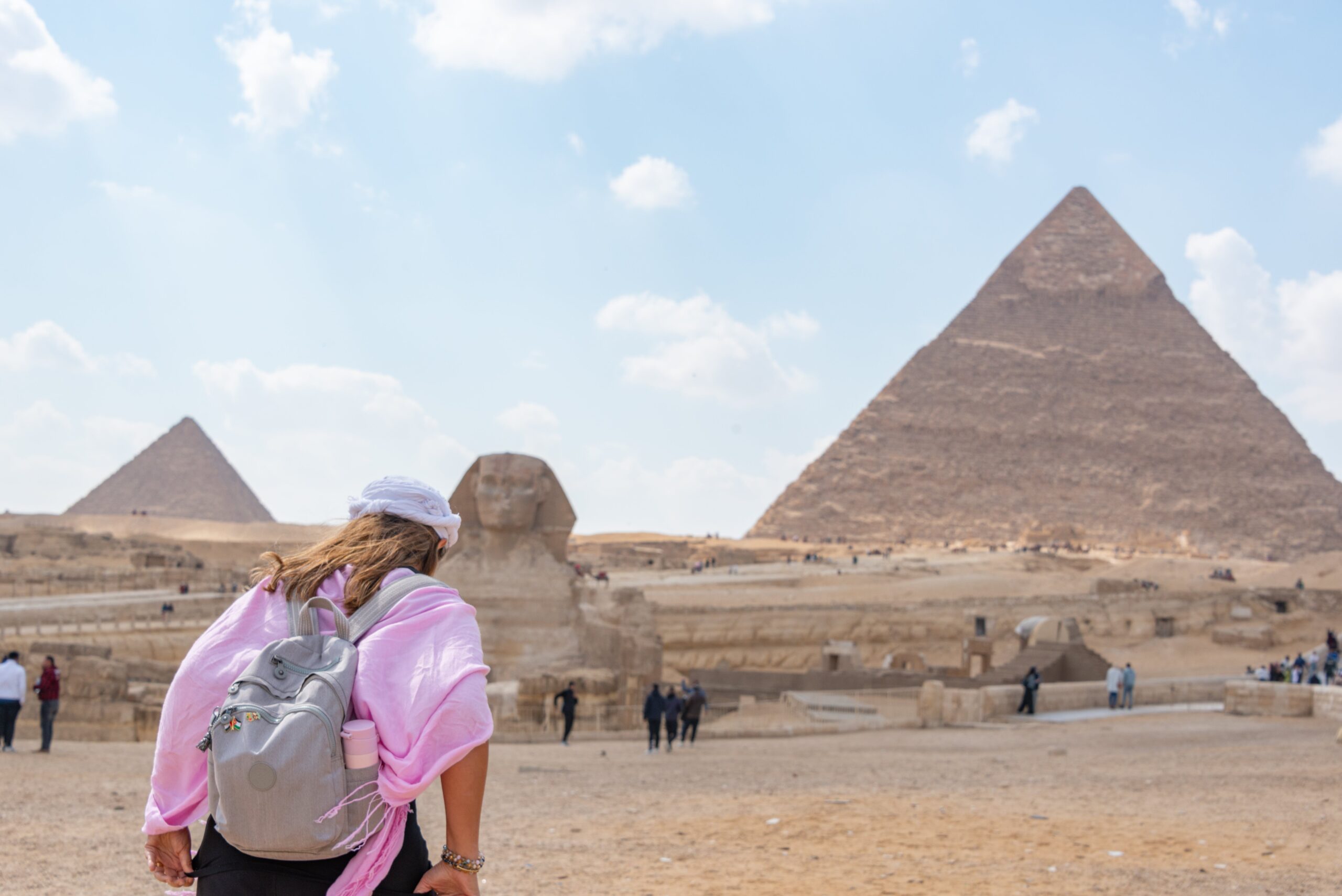1. Introduction to Pyramids
In lands where sands whisper tales of bygone eras, stand the pyramids – timeless sentinels of history’s embrace. These monoliths, spanning from the Nile’s embrace to the heart of Mayan realms, are not mere stone; they are stories petrified, echoing the ancients’ dreams. In poems, they rise as metaphors – of human ambition, celestial wonder, and the enigma of time itself.
2. Pyramids in Egypt
Behold Giza’s giants, under Luna’s silver gaze. Here, Pharaohs dreamt their immortality, entombing their souls in limestone grandeur. The Sphinx, ever enigmatic, guards these dreams, its riddles woven into the desert’s breath. In verse, these pyramids transcend time, cradling history in their shadowed halls.
3. Architecture and Design
Marvels of ancient ingenuity, the pyramids stand as testament to forgotten craftsmen. Aligned with celestial guardians, they are star-mapped mysteries in stone. Inside, hieroglyphic whispers speak of life, death, and the realms beyond, inviting seekers to wander their labyrinthine depths in awe.
4. Spiritual and Mythological Themes
In the pyramids’ shade, spirits linger, whispering of the river Styx and celestial voyages. These tombs, temples to eternity, hold myths in their core. They are not just stone; they are portals to the afterlife, where pharaohs become gods, embarking on sun-borne barques into the night sky’s ocean.
5. Pyramids in Other Cultures
Across the ocean, in lands where jungles whisper and skies blaze with equatorial fervor, rise the pyramids of the Maya. Steep and majestic, they contrast with Egypt’s smooth façades, yet share the same celestial aspiration. Here, too, gods and mortals converse in stone, crafting a different, yet parallel narrative of human endeavor.
6. Modern Fascination with Pyramids
Today, the pyramids beckon the world, bridging past and present. They stand as enigmas, stirring curiosity and spawning tales of hidden chambers and lost knowledge. In the modern mind, they are both historical artifacts and symbols of unexplained mysteries, drawing millions into their age-old allure.
7. Personal and Philosophical Reflections
Here, amidst these giants of stone, our hearts whisper questions as old as the stars themselves. In their enduring presence, we are invited to reflect on our fleeting journey through life, on the footprints we leave in the sands of existence. These structures, silent yet eloquent, become mirrors reflecting our innermost quests – for purpose, for understanding, for a connection with something greater and more enduring than our ephemeral lives. As poets, we weave these reflections into words, capturing the essence of our awe, our wonder, and our humble place in the grand narrative of time. They prompt introspection – a pondering of life’s transience against the backdrop of their enduring stone. Here, in poetic musings, the pyramids become mirrors, reflecting our own mortality and the quest for something enduring beyond ourselves.
8. Conclusion
Thus, the pyramids stand – not just as monuments of a distant past, but as timeless beacons. In their silence lies a profound narrative, a resonance that transcends centuries. Through poetry, their ancient stones speak, offering a bridge to the eternal, a testament to humanity’s relentless pursuit of immortality.
